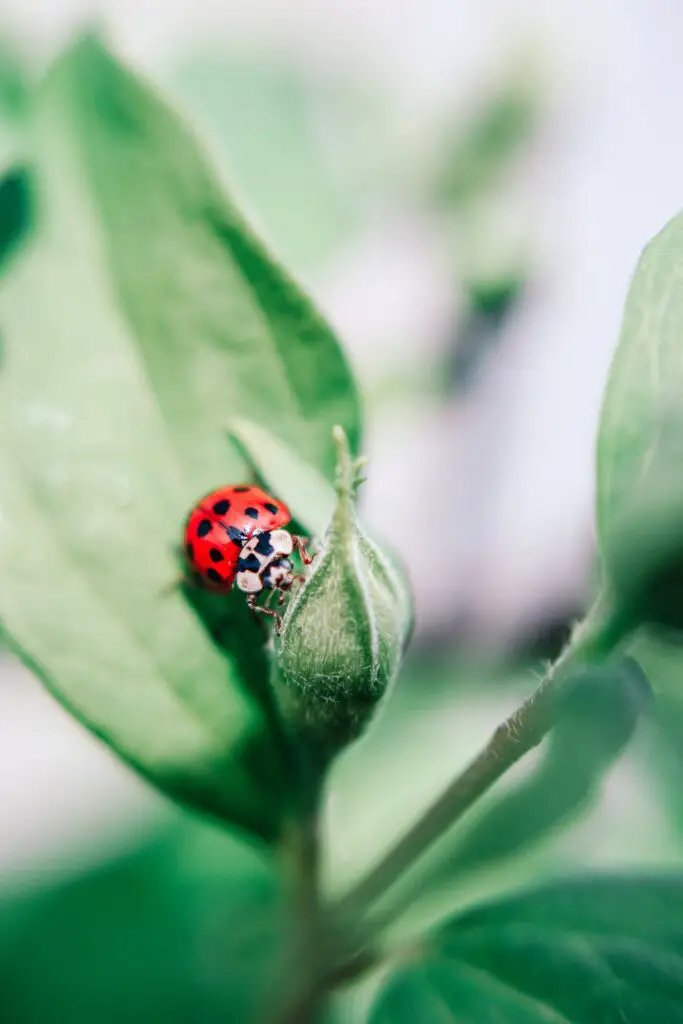Houseplants provide beauty and a touch of nature indoors, but they can also attract unwanted visitors like aphids. These tiny pests, commonly found on indoor plants, can quickly multiply and wreak havoc on the plant’s health. Aphids are sap-sucking insects that feed on the plant’s tissues, causing stunted growth, wilting, and even death if left untreated. However, with proper identification, prevention measures, and effective treatment strategies, you can successfully combat aphids and restore the vitality of your cherished houseplants.
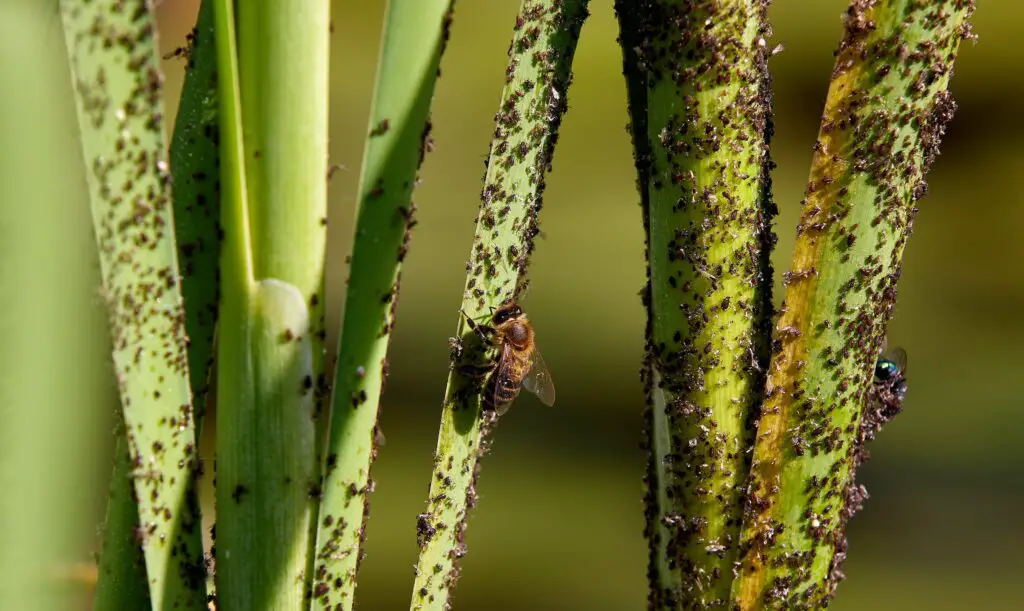
Table of Contents
I. Identification of Aphids
To effectively combat aphids, it is crucial to identify them correctly. Aphids come in various colors, including green, yellow, black, brown, or even translucent. They are typically about 1/16 (0.15 centimetres) to 1/8(0.31 centimetres) inches long, with soft bodies and long antennae. Some key characteristics of aphids include their pear-shaped bodies, the presence of cornicles (small tubes) on the abdomen, and their tendency to congregate in large numbers. These pests can be found on the leaves, stems, and buds of houseplants.
II. Prevention Measures
Prevention is always better than cure when it comes to aphids. Implementing the following preventive measures can help keep these pests at bay:
Inspection: Regularly examine your houseplants for signs of aphids, including distorted leaves, sticky residue (known as honeydew), or the presence of ants. Early detection is crucial for effective control.
Quarantine: Before introducing new plants to your collection, isolate them for a few weeks to ensure they are free from aphids or other pests. This step prevents the spread of infestations to existing plants.
Proper Plant Care: Healthy, well-maintained plants are less susceptible to aphid attacks. Provide adequate light, water, and nutrition to promote plant vigor. Avoid over-fertilisation, as excessive nitrogen can attract aphids.
Natural Predators: Encourage natural predators like ladybugs, lacewings, and parasitic wasps, which feed on aphids. Planting nectar-rich flowers nearby can attract these beneficial insects.
Physical Barriers: Place mesh screens or nets over windows and vents to prevent aphids from entering your indoor space.
III. Treatment Strategies
When preventive measures fail, it’s time to take action against aphids. Here are effective treatment strategies to combat these persistent pests:
Manual Removal
For light infestations, use a damp cloth or a gentle stream of water to manually remove aphids from the affected plant parts. Remember to check the undersides of leaves and stems, where aphids often hide.
Pruning Infested Parts
If the infestation is localised, carefully prune and dispose of heavily infested leaves, buds, or stems. This helps prevent the spread of aphids to healthy parts of the plant.
Insecticidal Soap
Spray a solution of insecticidal soap, available at garden centers, directly on the aphids. Follow the manufacturer’s instructions for application and dosage. Insecticidal soap works by suffocating and dehydrating the pests.
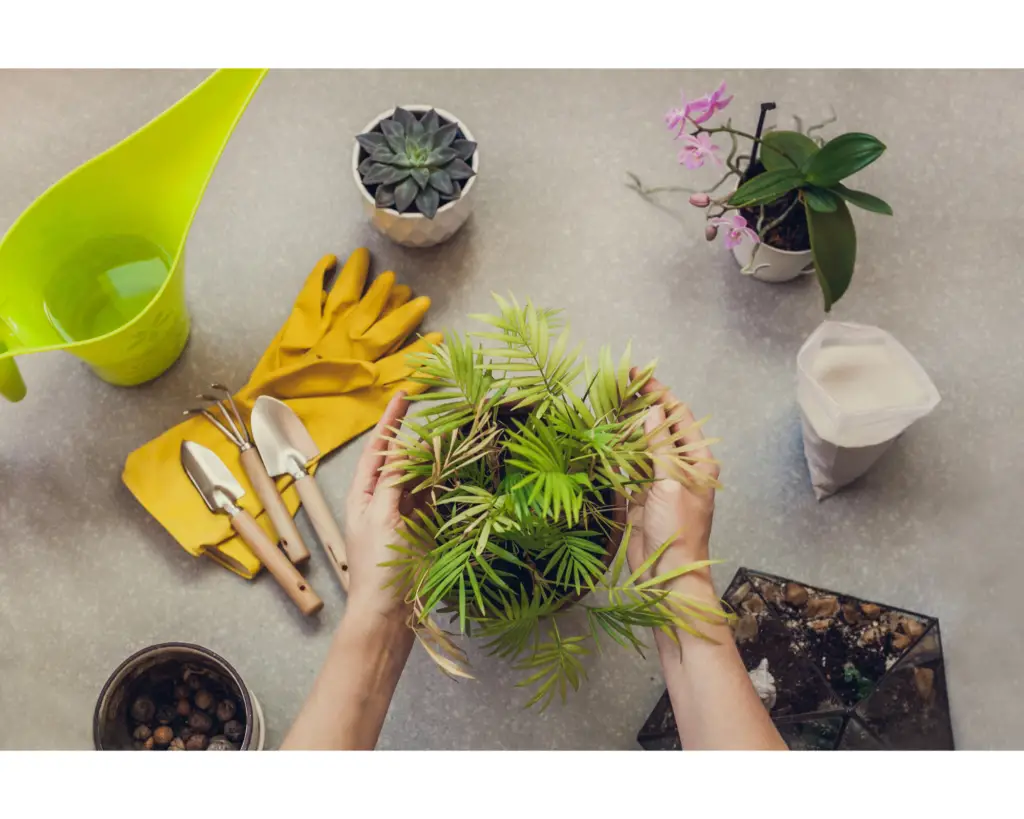
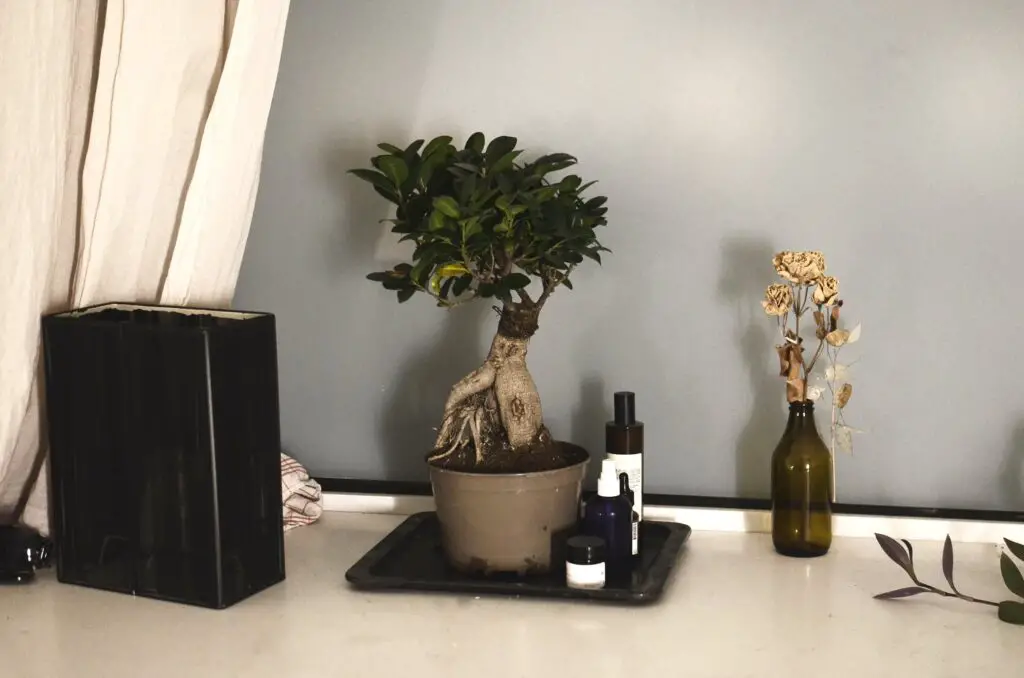
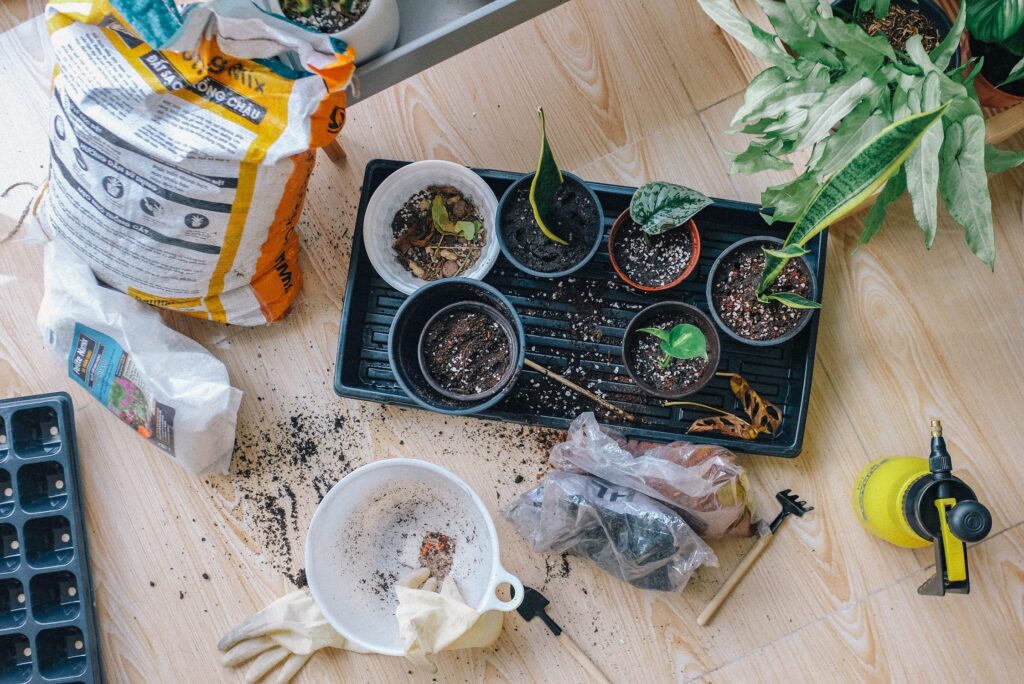
Neem Oil
Neem oil is a natural insecticide derived from the neem tree. Dilute it according to the instructions and spray it on affected plants. Neem oil disrupts aphid feeding and their reproductive cycle.
Horticultural Oil
Similar to neem oil, horticultural oils suffocate and kill aphids. Ensure thorough coverage of the affected areas, as these oils work by coating and smothering the pests. Apply the oil when temperatures are below 90°F (32°C) and avoid treating plants under stress.
Systemic Insecticides
In severe infestations, systemic insecticides can be used as a last resort. These products are absorbed by the plant and distributed throughout its tissues, making them toxic to aphids when they feed. However, exercise caution when using systemic insecticides, as they may harm beneficial insects and pollinators. Follow the instructions carefully and avoid using them on edible plants.
Homemade Remedies
Several homemade remedies can be effective against aphids. These include a mixture of water and dish soap, garlic or onion-infused water, or a solution of diluted rubbing alcohol. Apply these remedies with a spray bottle, ensuring thorough coverage of the infested areas.
Repeat Treatments
Aphids can reproduce rapidly, so it’s important to repeat the chosen treatment method every few days or as recommended by the product instructions. This ensures that any newly hatched aphids or those that survived the previous treatment are also eliminated.
Beneficial Insects
If the infestation persists, consider introducing beneficial insects like ladybugs or purchasing parasitic wasps specifically bred for aphid control. These insects can provide long-term control by feeding on aphids and their eggs.
Continuous Monitoring
Even after successful treatment, continue monitoring your plants for any signs of aphid resurgence. Early detection and immediate action will help prevent a full-blown infestation.
Conclusion
Aphids can be a nuisance on houseplants, but with proper identification, preventive measures, and effective treatment strategies, you can effectively control and eliminate them. Regular inspection, plant care, and the promotion of natural predators are key preventive measures. In case of infestation, manual removal, pruning, and the use of insecticidal soap, neem oil, horticultural oils, or systemic insecticides can provide effective control. Homemade remedies and the introduction of beneficial insects can also play a role in combating aphids. Remember, persistence and vigilance are crucial to ensure the health and vitality of your cherished houseplants. By implementing these strategies, you can restore your plants to their full beauty and enjoy the benefits of a thriving indoor garden.

